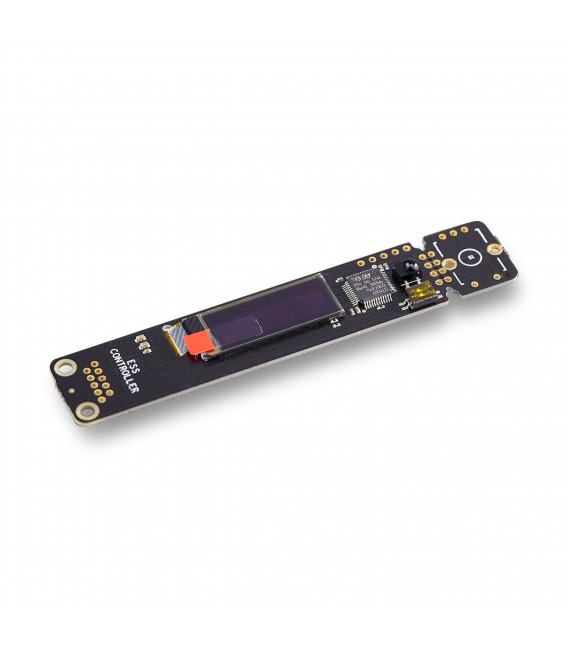Windows mixer - harmonics dissappearing into the noise floor as expected.Just for the fun of it I did a loopback of the E-MU to see,first with it's crappy analog pot from the headphone amp and then just attenuating it by windows mixer (all ASIO).
View attachment 276570
at -4db
View attachment 276571
at -30db crappy pot
View attachment 276572
at -30 by windows mixer.
Fell free to comment,suggest other measurements,etc.
But now I am confused regarding your test setup. What is the E-MU. What is the source? Into what? Which output you are measuring in both sets of tests? What are you measureing it with?


